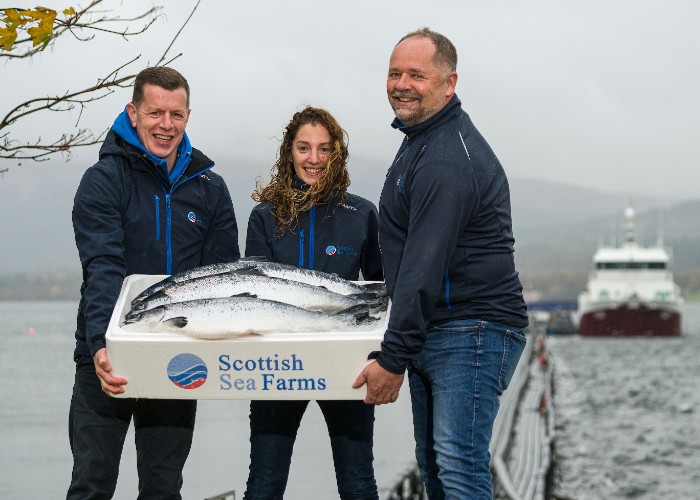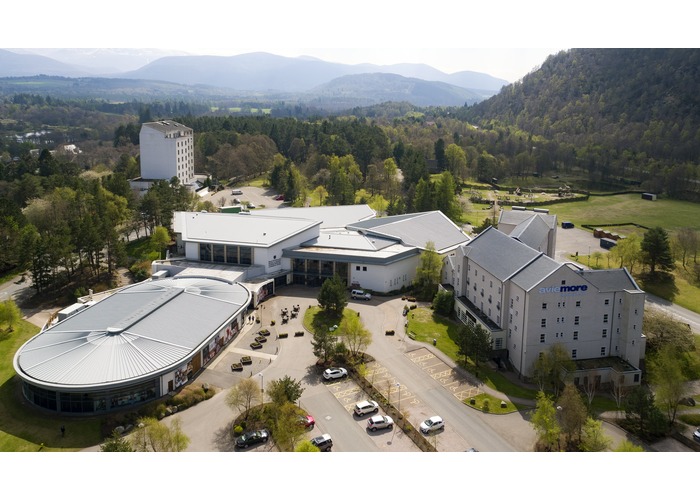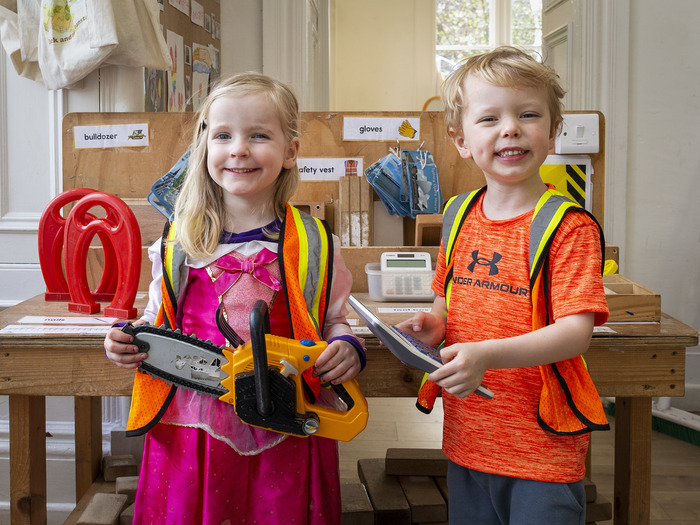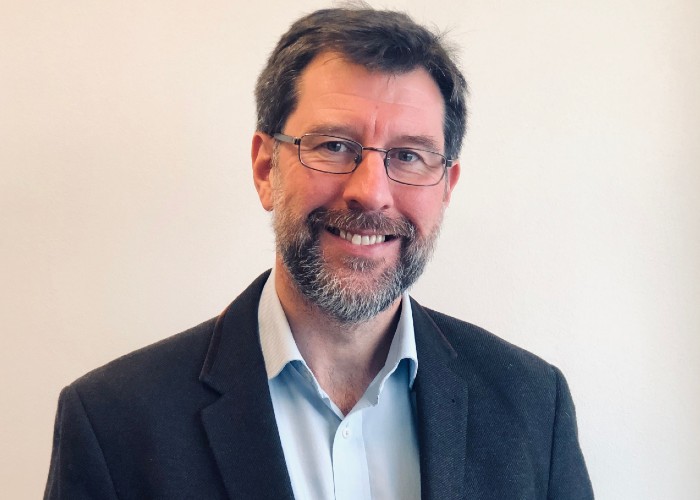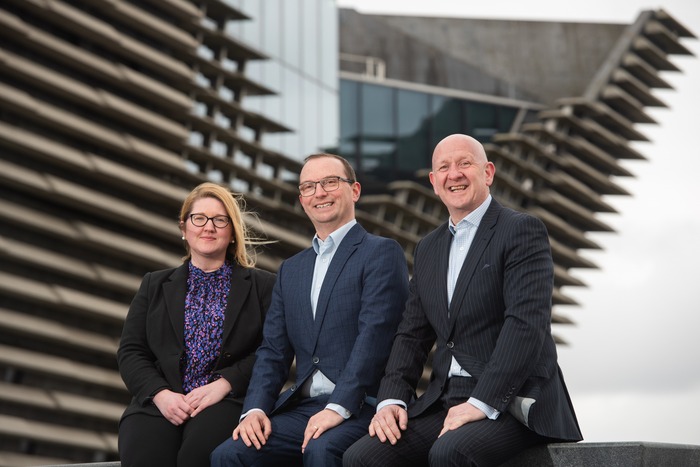THE first smolts reared at Scottish Sea Farms’ new RAS hatchery have now been harvested and delivered to customers around the world.
The fish were transferred a year ago from the £58 million hatchery at Barcaldine to the company’s Loch Nevis C farm for on-growing.
The smolts had an average weight of 178g when put to sea – more than double the weight Scottish Sea Farms would expect to achieve via conventional hatchery methods – and required two months less in the marine environment to reach market size.
The harvest marks the latest milestone in Scottish Sea Farms’ ongoing drive to increase fish welfare and survival.
Freshwater Manager Pål Tangvik said: ‘Thanks to its state-of-the-art recirculating aquaculture system – or RAS for short – we now have much greater control over the key growth factors of water quality, oxygen levels, temperature, light and speed of flow.
‘This creates a more stable environment compared to conventional flow-through hatcheries which, due to the fact they draw in freshwater from rivers or lochs, can be subject to changes in weather.
‘We’re also able to keep each generation of fish completely separate and bio-secure, meaning we can maintain peak health throughout the freshwater cycle.
‘Combine this with our hugely talented fish husbandry and technical teams, and what we’re seeing is bigger, healthier smolts which not only require less time at sea but are better able to withstand the natural challenges of the marine environment.’
The 17,500m2 hatchery has scope to produce up to 10 million smolts annually. Its location on the shores of Loch Creran near Oban mean that these young salmon can be transferred directly from hatchery to well-boat via a pipeline then transported on to one of the salmon grower’s 42 marine farms around Scotland’s west coast, Orkney and Shetland.
While fish welfare and survival are at the heart of the hatchery, so too is the need to farm as sustainably as possible.
Of the 5,200m3 of freshwater required per day, up to 99 per cent is recirculated, equating to a saving of over 20 times the freshwater consumption of conventional methods.
This water is cleaned every 30 minutes via a complex system of filters and UV light (no chemicals) and maintained at a constant temperature via a combination of heat pumps and heat exchangers. These use less energy than traditional kerosene boilers or electric chillers and can also recover heat from waste-water for re-use.
Meanwhile, a biomass system run on locally sourced wood chip provides heating and hot water throughout the rest of the facility.
Scottish Sea Farms Managing Director Jim Gallagher said: ‘When it came to transforming our freshwater farming, it seemed only natural that we do so in the greenest way possible: from reducing our use of fossil fuels or finite resources such as freshwater, to provision for our own hydro scheme.
‘Through the technologies available to us, we’re also able to capture any waste material from the growing cycle. This is then removed by Invergordon-based waste management company, Rock Highland, who recirculate it as nutrient-rich agricultural fertiliser to aid crop development.

